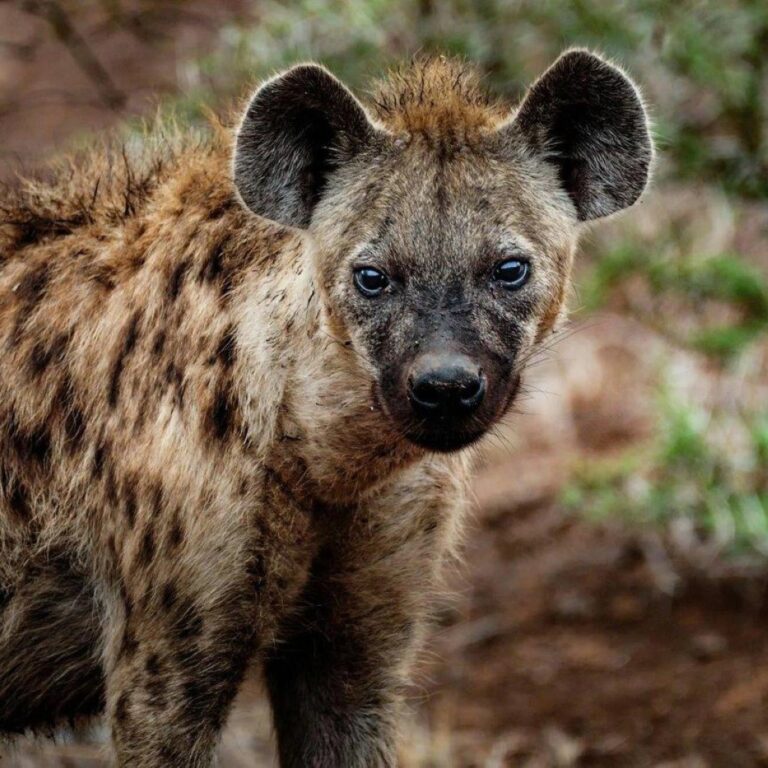The honey badger, also known as the ratel, belongs to the mustelid family, which includes weasels, otters, and ferrets. Despite their name, they are not closely related to true badgers.
Honey badgers are renowned for their fearlessness and will take on animals much larger than themselves, including lions and hyenas. They have a reputation for being one of the toughest animals in the wild.
The skin of a honey badger is incredibly thick and loose, allowing them to twist and turn even when grabbed by a predator. This tough skin also provides protection against bee stings and snake bites.
Honey badgers have strong, sharp claws and powerful jaws, which they use to dig burrows, break into beehives, and catch prey. Their claws are also used for climbing trees and digging up roots and bulbs.
Honey badgers are omnivores and have a varied diet that includes insects, small mammals, birds, reptiles, fruits, and roots. They are particularly fond of honey and will raid beehives despite the risk of bee stings.
Honey badgers have a mutualistic relationship with the greater honeyguide, a bird that leads them to beehives. Once the badger breaks into the hive, both the bird and the badger share the spoils.
Honey badgers are highly intelligent and resourceful animals. They have been observed using tools, such as sticks or rocks, to aid in their foraging and to escape enclosures in captivity.
The honey badger's scientific name is *Mellivora capensis*, which means 'honey eater of the Cape.' This name reflects their love for honey and their native range in Africa.
Honey badgers are solitary animals and are mostly active during the night. They are excellent diggers and often create complex burrow systems where they rest during the day.
Honey badgers have a strong sense of smell, which they use to locate prey and detect danger. Their keen senses make them effective hunters and foragers.
The bite of a honey badger is strong enough to crush tortoise shells, and their jaws can lock onto prey with incredible force, making it difficult for their prey to escape.
Despite their small size, honey badgers have been known to take down larger prey, such as antelope and buffalo calves, by targeting vulnerable areas like the throat or underbelly.
Honey badgers are known for their tenacity and will often return to finish a meal or continue a fight even after being driven away or injured. Their persistence is one of their most notable traits.
The honey badger's thick, tough skin makes it resistant to many forms of injury, including snake bites. They are known to attack and eat venomous snakes, sometimes even surviving bites from cobras and puff adders.
Conservation efforts for honey badgers are important as they face threats from habitat loss, persecution by farmers, and the illegal pet trade. Protecting their natural habitats and promoting coexistence with humans are crucial for their survival.
How useful was this post?
Click on a star to rate it!



